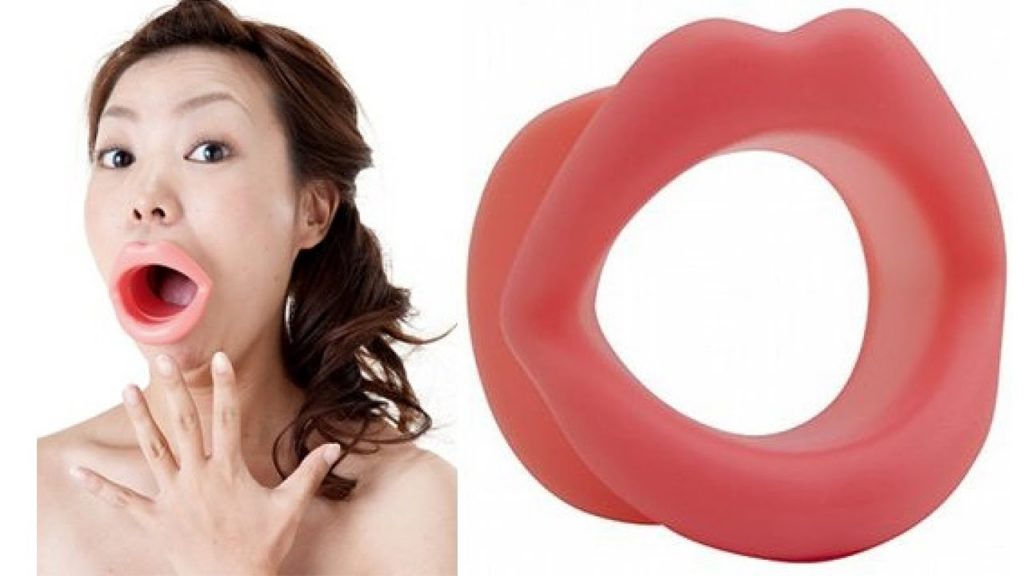Japan is a bizarre place.
When Americans hear the word “Japan,” a mishmash of ideas pop into our heads — sushi and rice, manga and anime, kimonos and sumo wrestlers and Japan’s alphabet that looks like hieroglyphics in black brush strokes. We see mosaics in our minds of Samurai swords, origami, geisha robes and Mount Fuji, soba noodles, and oodles more. Here is a carefully compiled list of ten tantalizing and, well, weird aspects of Japanese culture that you probably never even thought of:
1. Hygiene:
- Stick deodorant is not available. Spray deodorant exists, but it’s not commonly used.
- Companies hire people to hand out small packages of tissues to pedestrians. But, get this, using tissues in public is considered rude.
- People carry around a small towel to wipe sweat from their forehead.
- Before one takes a bath they must shower first. Members of a household use the same bath water.
- Most toilets in Japan have a built-in bidet system, called Washlets, for spraying water on your tush. These are the norm in homes and nicer restrooms. In some public bathrooms you may still find the traditional Japanese “floor toilet” where you will need to squat. Oy.
2. Shoes
- Most people know that the Japanese remove their shoes indoors, but you may not know these interesting specifics:
- Genkan is a Japanese entranceway. At the entrance to a home in Japan, the floor will usually be raised about 6 inches, indicating you should take off your shoes and put on house shoes, which are like slippers. If the house has a tatami mat room, its floor may be raised 1–2 inches to indicate that it is time to take off your slippers.
- Whenever shoes or slippers are taken off they are placed neatly, pointing towards the door.
- Most homes have extra house shoes for guests.
- Now get this, when you use the restroom in a residential home, you will put on designated bathroom slippers so as not to “contaminate” the rest of the home.
3. Table Manners
- When eating noodles, especially soba (buckwheat), you must slurp loudly. That indicates the food is delicious. It is considered rude not to slurp.
- Sniffling, clearing one’s throat, or swallowing phlegm is not considered rude, but eating or drinking while you’re walking is.
- When you have a bowl of food — rice, for example — you must pick it up and bring it up to your mouth to eat. If you don’t pick up the bowl, people think you are eating like a dog.
- Never stick your chopsticks upright in your rice. That is only done when food is offered to the dead. When it is not an offering it’s considered a bad omen.
4. Transportation
- Bus drivers turn off the bus during red lights to help reduce pollution.
- Public buses have no priority over other cars, and no separate lanes.
- Bike riders wear gloves to protect themselves from the sun, but no helmets.
- In Tokyo, a bicycle trip is usually faster than a car.
- Gas stations are usually full-service; attendants will bow as the car pulls out of the station.
- Trains are so crowded that railway staff workers are employed to shove passengers inside before the doors close.
5. Masks
- People wear masks in Japan, and they’re sold everywhere in various sizes. You can find masks in any color, with Hello Kitty, flowers, hearts on a leopard print, or with a lemon or orange smell.
- If you’re sick, you wear a mask so you don’t spread your sickness.
- If you work in a hospital or in a store, you wear a preventative mask in case you’re exposed to sick people.
- Masks are used by hay fever or allergy sufferers — most likely so they won’t sneeze on you.
6. Mochi
- For New Year’s Day and during the beginning of January, the Japanese eat mochi. It’s made with boiled sticky rice.
- To make it, one person places it into a shallow wooden bucket and pats it with water. Another person then hits the mushy mess with a large wooden mallet to mash the rice. This forms a sticky white dumpling.
- Mochi is an extremely sticky texture, so there are many January choking deaths.
- Each year the death toll is reported in the newspapers.
7. Hikikomori
- The word means “pulling inward, being confined.” This is an extreme social withdrawal, similar to what we call agoraphobia.
- A person stays in their room.
- Oddly, the sufferer doesn’t seem to have any other psychological problem that would explain this peculiar behavior.
- Some people remain in isolation for years or even decades.
- The Ministry of Health estimates that about 3,600,000 hikikomori live in Japan.
- One third are 30 and older.
- Among these are the hikikomori that are now in their 40s and have spent 20 years in isolation; this group is generally referred to as the “first-generation hikikomori.”
- This age group is known as “the 2030 problem,” because when they are in their 60s, their parents — who have been taking care of them — will start to die, so there is concern about whether to try to reintegrate them into society. If not, there may be no one able to take care of them.
8. Consumerism
- In Japan, Hello Kitty is everywhere.
- Japan is the number one importer of reggae.
- Japan imports approximately 85% of Jamaica’s annual coffee production.
- Japan is the world’s largest consumer of Amazon rainforest timber.
- Japan is the largest automobile producer in the world.
- After you’ve shopped in a store, the cashier or clerk will follow you outside; they will bow and offer you cookies and tea.
9. Food
- Kit Kat bars have the following flavor choices: Sweet Potato, Passion Fruit, Sakura Flower, Pumpkin Cheese Cake, Red Bean Paste, Apple Vinegar, and Green Tea covered with chocolate.
- Japanese pizza toppings include corn, mayonnaise, and sesame seeds.
- The most popular pizza topping is squid. Ew.
- It takes 1–2 hours for a pizza to be delivered.
- Raw horse meat is a popular food in Japan.
- Although whaling is banned by the IWC (International Whaling Commission), Japan still hunts whales under the premise of research. The harvested whale meat ends up in restaurants and supermarkets.
- Tsukiji market in Tokyo is the world’s largest fish market.
- Octopus, squid, jellyfish, and other unusual seafoods are very popular.
- Ramen noodles are a popular food in Japan, and it is widely believed extensive training is required to make a delicious soup broth. This is the subject of the movies Tampopo (1985) and The Ramen Girl (2008).
- Some farmers grow square watermelons in Japan.
- There are touch-screen menus at bars and restaurants.
- Beer cans have braille next to the flip top.
10. Vending Machines
- Japan has around 5.5 million vending machines. You can find them on almost every block.
- Japanese vending machines contain batteries, beer, wine, condoms, cigarettes, comic books, hot dogs, lightbulbs, crepes, soft drinks, coffee, juice, noodles, eggs, sandwiches, and toys.
- It is difficult to find a vending machine in Japan that dispenses chips or candy bars.





